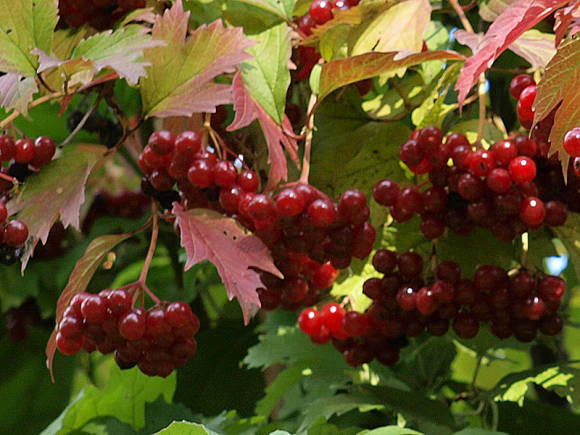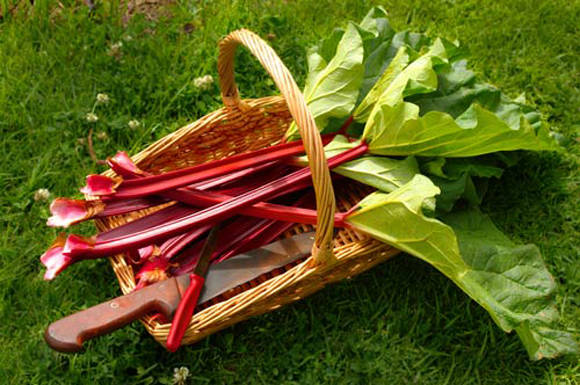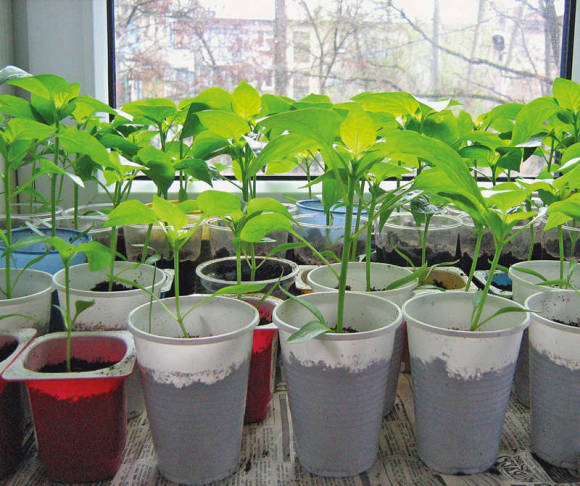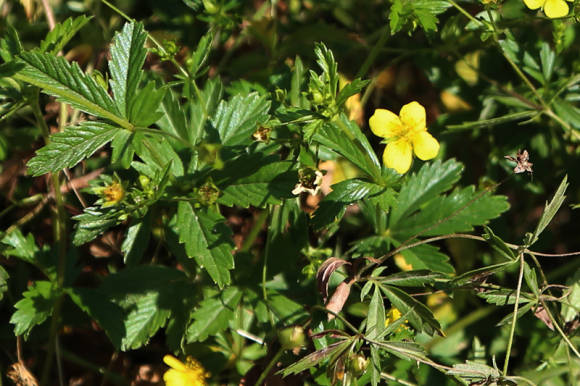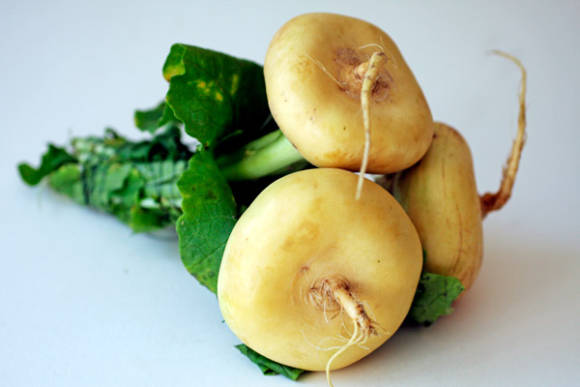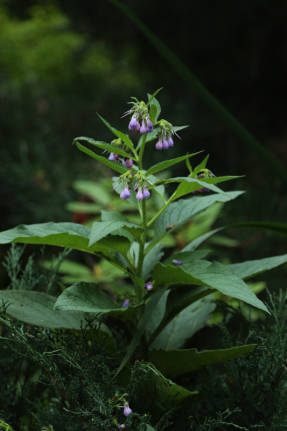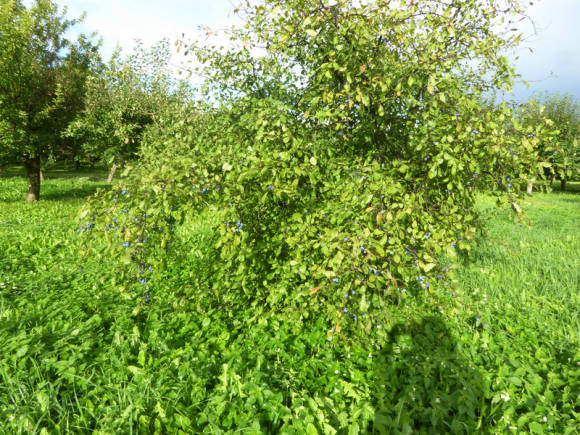- The Alhambra is characterized by white fruits and dense foliage;
- Flore Pleno - double flowers;
- Variegata (Variegata) - variety with variegated leaves;
- La Clape - very vigorous growth and large purple berries;
- La Clape Blanc - similar to the previous variety, but the berries are white;
- Leucocarpa - also a form with white berries;
- Mycrophylla is a small-leaved dwarf form;
- Tarentina (Tarentina) - characterized by small leaves (1-1.5 cm), dense growth, abundant flowering, very popular in Italy;
- Tarentina Granada (Tarentina Granada) - with white berries;
- Tarentina Variegata - with white-variegated leaves.
There is another very interesting variety of myrtle Boetica, sometimes the name Baetica is found. It is a slow growing variety with large (6-7 cm) elongated and pointed leaves. The leaves are arranged in whorls, the trunk is beautifully colored with a hint of cinnamon and has a tendency to curl. Intricate twisted shapes are formed as they grow. The flowers are large, white. The berries are black, oblong.
 |  |
Mainly small-leaved myrtle comes to our flower market, large-leaved myrtle, variegated varieties and rarely Boethica myrtle are found among amateur flower growers.
Growing myrtle indoors
About biological features and beneficial properties of myrtle - on the encyclopedia page Myrtle.
Myrtle can be kept indoors. It is very good if there is a place for him in the children's room, this will drastically reduce the frequency of colds in the child. Myrtle, according to some reports, also has anti-allergenic properties (see How to improve the air in rooms), which is also important for the health of modern children.

Myrtle can and should be placed next to the opening window. This is just the plant that can easily endure any drafts, including cold ones. But from the frosty air flow, when it is -20 ° C outside, the myrtle must be protected, otherwise it may partially freeze. Standing in a draft, myrtle, when the branches move, releases phytoncides into the room - substances that kill microbes.
Myrtle prefers windows with a south, east or west orientation. A lack of light may affect the north window. He needs bright sun, even without shading at noon hours. Only when exposed to sunlight can you wait for it to bloom. For the formation of berries, pollination by insects or artificially is necessary.
 |  |
Watering uniform, without drying the earthy coma, even from above. Excess water must be drained from the pallet without fail, otherwise root decay is possible.
Priming prefers slightly acidic, does not tolerate excess lime in the soil, although it does not require special softening of water for irrigation. It is advisable to add sod land and sand to the purchased peat land, humus can be used, but only leaf, not manure. On hot days, spraying is desirable, sometimes you can wash it in the shower.
Transfer myrtle is produced as needed, young plants every year in spring, adult large specimens every few years. The main criterion for choosing the size of the pot is such a volume that when watering the plant in the morning, the soil does not dry out by evening.If the size of the pot is not sufficient to provide moisture to the substrate during the day, then it is time to replant. The optimal time for transplanting: spring-summer.
Myrtle needs the formation... It is advisable to constantly pinch the plant as it grows, then a dense compact crown will form.
Reproduction
Myrtle is easily propagated by cuttings, this is the only way to maintain cultivars. Seeds also reproduce well, but with seed propagation, the preservation of varietal characteristics is not guaranteed.
It is advisable to take cuttings from an actively growing healthy plant. It is desirable that the cuttings are semi-lignified and with the growth of this year. Rooting takes place in greenhouses at + 25 ° C, preferably with the use of root formation stimulants. Cutting technology is described in detail in the article Cutting indoor plants at home.
Pest control
Myrtle is susceptible to damage by the scale insect, whitefly, mealybug, thrips, aphids, spider mites.
In the fight against whitefly, scabbard, mealybug and thrips, treatment with Aktara (watering and spraying once a week, course of 4 weeks) and similar treatments with Aktellik will help. Aktara has a damaging effect through the intestines, and actellik is a contact drug. Their combined use in the fight against parasites gives a good result.
Mechanical destruction of parasites will also help to combat mealybugs and scale insects. To do this, you need to take a small paint brush, wet it in 96% alcohol or 70% alcohol tincture (or pharmacy tincture of calendula) and thoroughly clean all sinuses, trunk, shoots. Repeat the treatment as the parasite develops.
To combat aphids, 1-2 treatments with Aktara are enough. To get rid of the tick, you need to often spray the plant on hot days, prevent the substrate from drying out, and provide enough light.
About the history of culture and useful properties - on the page Myrtle.

